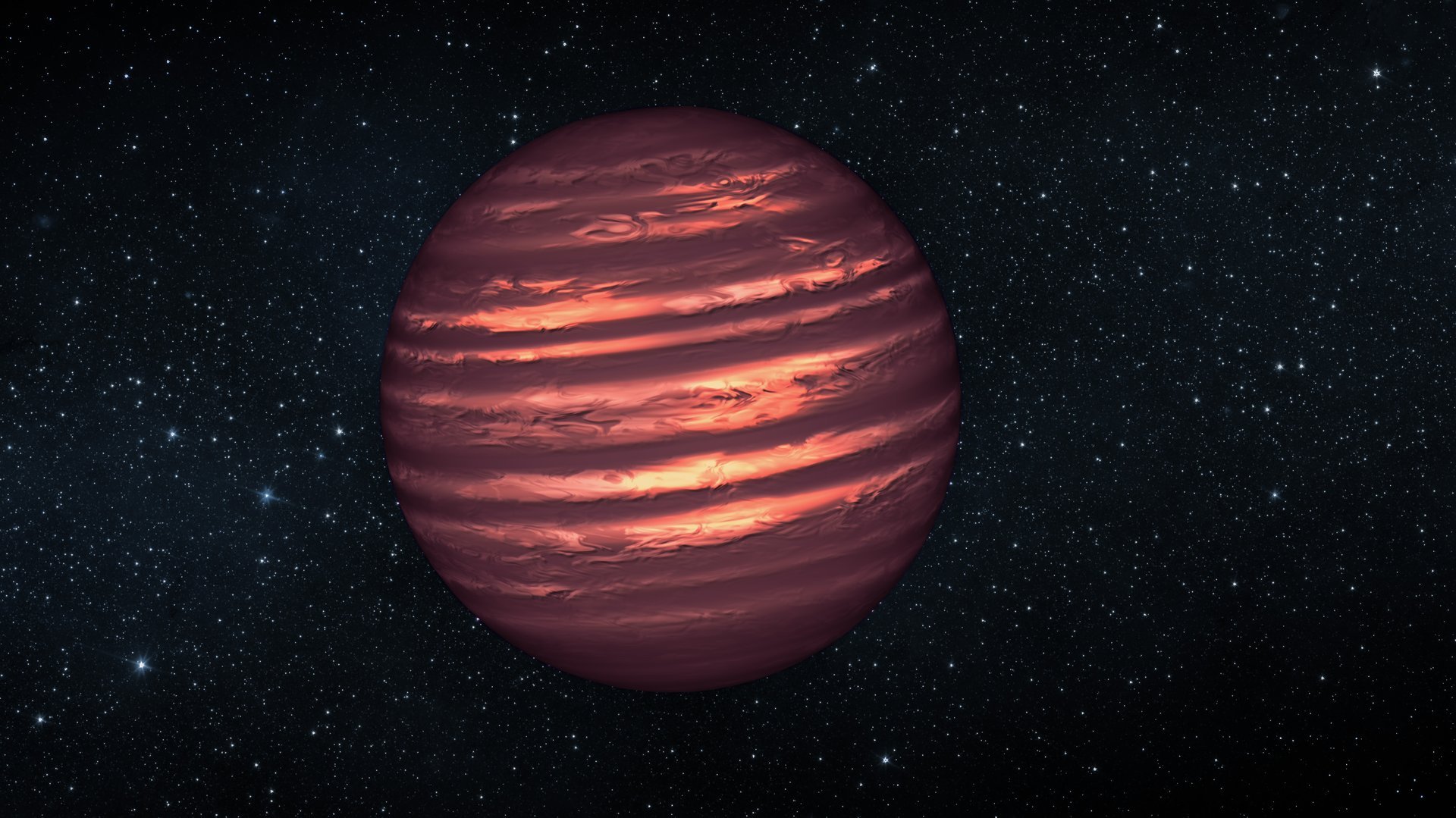Brown dwarfs have become a growing focus for astronomers, thanks to improved instruments with the necessary resolution to visualize these elusive objects. Brown dwarfs are substellar bodies with masses ranging from about 13 to 80 times that of Jupiter, making them too small to ignite sustained hydrogen fusion like stars but massive enough to experience limited nuclear fusion in their cores and generate heat.
Although brown dwarfs were first theorized in the 1960s, it wasn’t until the mid-1990s that their existence was confirmed through direct observation. Thanks to next-generation telescopes and enhanced data-sharing techniques, opportunities to study these fascinating objects continue to expand. However, many questions remain about how and under what conditions brown dwarfs form.
—
### A New Discovery: J1446B, a Brown Dwarf Binary Companion
Combining the power of both ground-based and space-based observatories, an international team of astronomers has discovered a brown dwarf known as J1446B, located approximately 55 light-years from Earth. This brown dwarf was observed orbiting a nearby red dwarf star called J1446, making it a binary companion. This discovery offers valuable new insights into star and planet formation.
The research was led by Taichi Uyama of the Astrobiology Center of Japan and California State University, Northridge. He collaborated with Charles Beichman from NASA’s Exoplanet Science Institute (NExSI) and the Infrared Processing and Analysis Center at Caltech, along with experts from institutions such as:
– National Astronomical Observatory of Japan (NAOJ)
– Institute of Science Tokyo
– Instituto de Astrofísica de Canarias (IAC)
– Max Planck Institute for Astronomy (MPA)
– Space Telescope Science Institute (STScI)
– NASA’s Jet Propulsion Laboratory (JPL)
– Several universities worldwide
Their detailed findings were published on October 20th in *The Astronomical Journal*.
—
### Overcoming Challenges to Detect Brown Dwarfs
Due to their faint nature, brown dwarfs are notoriously difficult to detect in optical light. To overcome this, the team combined observations from three key observatories:
– The W. M. Keck Observatory
– The Subaru Telescope (both located on Mauna Kea, Hawaii)
– The European Space Agency’s Gaia Observatory
Using Keck I’s adaptive optics (AOs) system and Near-Infrared Camera (NIRC2), the team captured high-resolution near-infrared images that directly revealed the brown dwarf companion. Meanwhile, Subaru’s InfraRed Doppler (IRD) spectrograph provided radial velocity measurements, and Gaia measured J1446’s proper motion and velocity (astrometry).
The combination of radial velocity and astrometry data allowed the researchers to detect the gravitational “wobble” of J1446 caused by its companion, confirming J1446B’s presence.
—
### Characteristics of J1446B
Analysis indicates that J1446B has a mass of approximately 60 Jupiter masses and orbits its host star at a distance of about 4.3 astronomical units (AU) — roughly 4.3 times the Earth-Sun distance. Its orbital period is estimated to be around 20 years.
One of the most striking findings came from the near-infrared observations, which revealed brightness variations of approximately 30% in J1446B. This variability suggests dynamic atmospheric phenomena, such as clouds and powerful storms, akin to those observed on the gas giants within our own Solar System.
As co-author Charles Beichman noted in a W. M. Keck Observatory press release:
> “Keck’s critical contribution was to make direct images of this brown dwarf companion, which led to characterizing the object’s orbit and physical properties such as mass and temperature. Remarkably, two Keck images showed variability in the brown dwarf’s brightness, suggesting the existence of clouds and weather patterns! This combined approach will become more and more powerful, reaching down to the realm of gas giant planets like our own Jupiter, as new Keck instrumentation comes into operation.”
—
### Implications and Future Research
Taichi Uyama emphasized the broader significance of the findings:
> “Studying the weather on these distant objects not only helps us to understand how their atmospheres form but also informs our larger search for life on planets beyond the solar system.”
This discovery also supports the growing evidence that M-type red dwarf stars— which account for approximately 75% of the stars in our galaxy—can have low-mass stellar and substellar companions. For decades, most red dwarfs were assumed to be single-star systems. Although some binaries had been identified, the faintness of M-type dwarfs prevented detailed observation.
Recent advancements in instrumentation and data processing are now challenging these assumptions. New observations suggest that the number of red dwarfs hosting low-mass or brown dwarf companions may be significantly higher than previously believed.
Understanding the frequency and properties of companions around M-type dwarfs is vital for comprehending star and planet formation across the galaxy.
—
### Looking Ahead
The discovery of J1446B opens exciting opportunities to further study brown dwarf formation and atmospheric models. Upcoming follow-up observations will utilize advanced instruments such as the Keck Observatory’s new High-resolution Infrared Spectrograph for Exoplanet Characterization (HISPEC), alongside future Gaia data releases.
These studies aim to map J1446B’s weather patterns in greater detail and enhance our understanding of the formation and evolution of stars and planetary systems—including our own Solar System.
—
*Image: Post-processed NIRC2 image of red dwarf J1446 showing a point-like source detected close to the central star. (Credit: W. M. Keck Observatory)*
https://www.universetoday.com/articles/a-red-dwarf-star-with-a-brown-dwarf-companion-is-changing-our-perceptions-of-how-stars-and-planets-form


